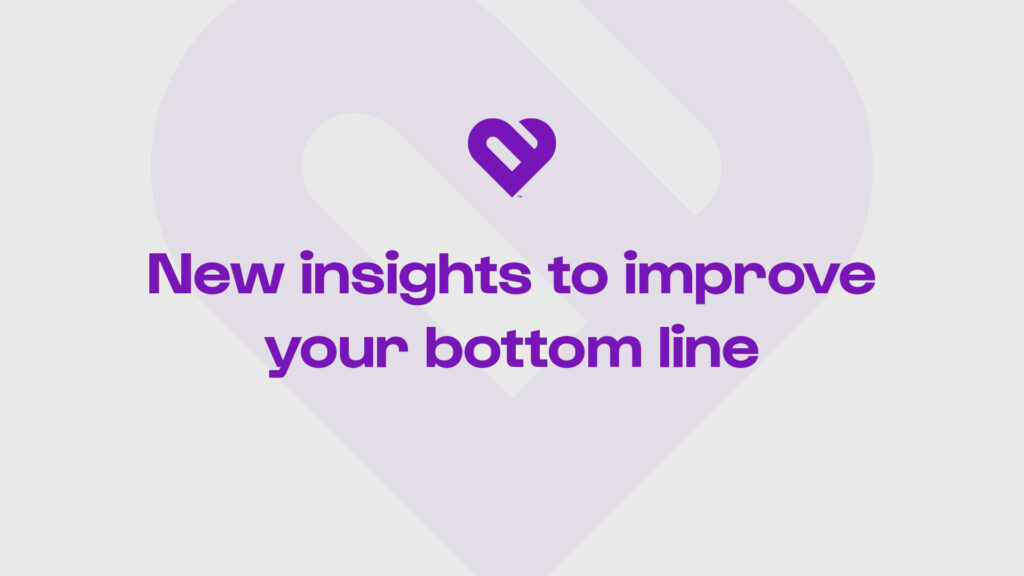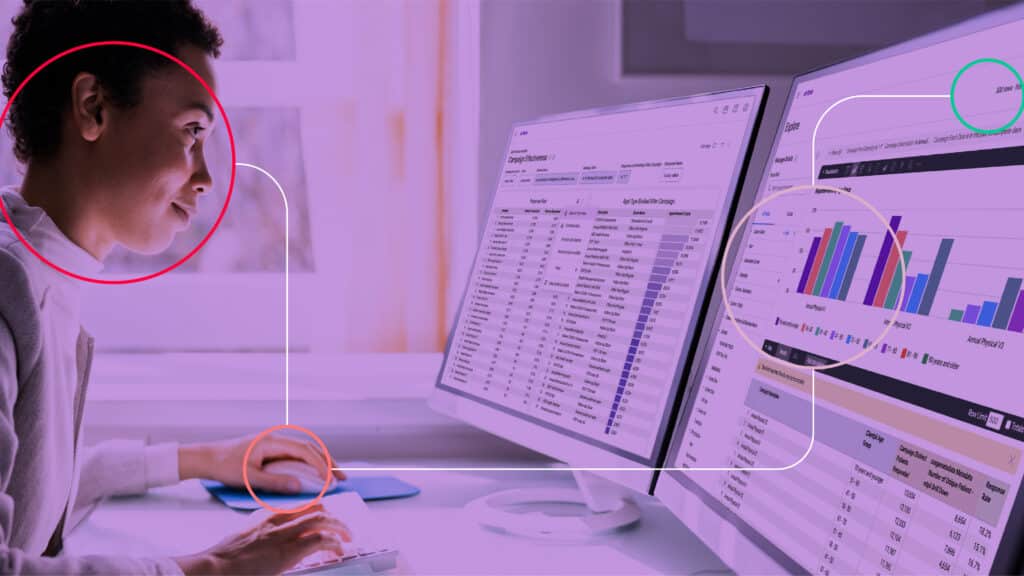
By: Joanne Chen, VP of Data at Artera
Meet the Team: Artera Data Insights
As VP of Data at Artera, I’m responsible for constructing a highly scalable data environment to empower top-notch patient experiences – and I certainly couldn’t do this without a core part of the data team: Artera Data Insights.
We’re passionate about leveraging the latest advancements in conversational AI, NLU and ML to reduce staff workload, improve health equity and automate delivery of actionable insights to turbo-charge the patient experience. We analyze billions of patient communications sent within the Artera platform on behalf of more than 700 healthcare systems and federal agencies, uncovering significant trends and insights we can then share with providers.
Sitting at the intersection of tech and healthcare, our team is uniquely positioned to identify broader trends – such as staffing shortages or the need for technological assistance – and then uniquely apply them to patient communications. And, since Artera is the market leader in patient communications, we know that creating a successful patient communications plan is a critical aspect of how healthcare providers engage with their patients. Our data can help.
We empower providers with the most reliable data and insights to strengthen their patient communication strategies. We look at our data with a keen, analytical eye, identifying what best practices exist, and how best can we advise and equip healthcare providers with trend data to improve their strategies and enhance patient engagement.
What Drives Effective Patient Communication?
Providers today are actively looking for ways to optimize their communication strategy, including implementing new tactics to digitally interact with their patients. If they fail to keep up with today’s patient expectations, patients are willing to switch providers when their needs and expectations are not met – something that could be detrimental to providers’ bottom line.
We want to help. This is why, to better understand what drives effective patient communication, our Data Insights team recently embarked on a mission to unravel the secrets of effective patient communication, conducting a messaging analysis in August of 2023. We performed extensive analysis of over two billion patient outreaches.
As a result of our significant findings, we published a report: “Unlocking Patient Engagement: The Power of Advanced Communication Approaches,” which explores the following questions:
- What are the components of effective patient communication?
- Which messages deliver high levels of patient engagement?
- What communication best practices should providers deploy to meet patients’ communication expectations?
The results were quite substantial and I was fascinated by a few of our findings – I hope you’re all just as excited about this research as I am. One of the insights I found most exhilarating was the type of phone number patients most respond to when comparing short code vs. long code numbers. What we found was a significant uptick in patient response rates from messages delivered via long code vs. short code – a 79 percent difference (long code = 70.5 percent response rate vs. short code = 39.3 percent). Based on the data, we can deduce that individuals’ familiarity and frequent use of long code numbers for their personal communications can create a sense of trust and legitimacy with health systems, inspiring patients to engage more frequently.
Something else we discovered? Approximately 17 percent of patients still rely solely on landlines for their communication, rendering them unable to receive text messages. This means that despite the digital revolution, there remains a critical need for providers to enable multiple communication channels for their patients beyond just SMS/text, including email and IVR/voice, to ensure accessibility for all patients. If providers don’t offer multiple channels, they may be missing a number of patients in their outreach.
While this is merely a sneak peek into our full report, the findings demonstrate that a personalized, patient-centric approach to communications is key to driving patient engagement. To dive deeper into the other components, strategies, and best practices that can reshape patient engagement and drive success, please download our full white paper here.
What’s Next for Artera Data Insights
We’re optimistic that our recent findings will take providers’ patient communication strategies to the next level and we encourage you all to make the enhancements aligned with our data. As for what’s next for Artera’s Data Insights team? We’re excited to continue uncovering even more insights and welcome your ideas or suggestions for further data discovery. If you have a suggestion, please get in touch with me here.

